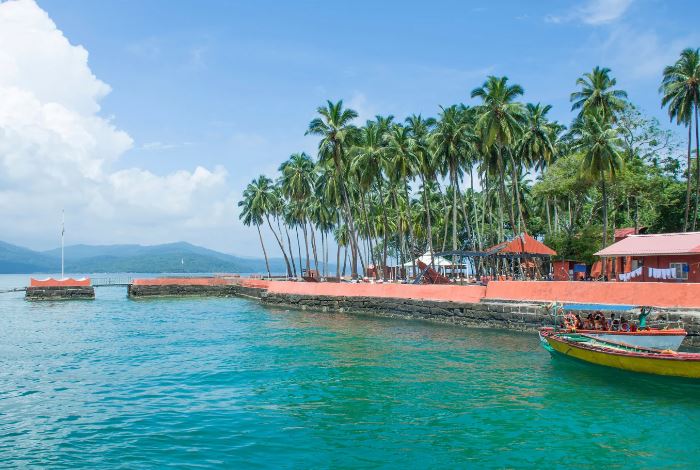Great Nicobar Island Development Project
The Rs 72,000 crore ‘Great Nicobar Island Development Project’ aimed at the holistic development of the Great Nicobar Island has come under scrutiny due to its potential impact on the indigenous Shompen and Nicobarese communities. Experts have raised concerns about the project’s clearances violating constitutional mandates and ignoring the views of the tribals.
Project Details
- The project, piloted by NITI Aayog and implemented by the Andaman and Nicobar Islands Integrated Development Corporation (ANIIDCO), involves the construction of a transshipment port, an international airport, a township, and a power plant.
- More than half of the project area lies over the Tribal Reserve Area, which is currently used by the Shompen, a particularly vulnerable tribal group.
- The final environmental clearance was given by the Ministry of Environment, Forest and Climate Change (MoEFCC) in November 2022.
Concerns Raised by Experts
- Denotification of ‘tribal reserve’: An Empowered Committee of the UT administration recommended de-notification of the tribal reserve area, which experts argue violates the constitutional mandate.
- Flawed justification: ANIIDCO’s calculation of the area that will remain protected as a tribal reserve has been called out as “flawed” by experts.
- Lack of consultation: The views of the Shompen and Nicobarese communities have allegedly been ignored in the decision-making process.
- Legal lacunae: Experts argue that the clearances granted to the project are riddled with legal lacunae.
Impact on Indigenous Communities
- The Shompen and Nicobarese communities rely on the forested and riparian regions of the proposed project area for foraging and habitation.
- The denotification of the tribal reserve adversely affects the interests of these two tribal groups.
- The Great Nicobarese have their ancestral villages on the southeastern and western coasts, which are also part of the project area.
Procedural Issues
- The circular for the de-notification and re-notification of the Tribal Reserve Area has not been made public.
- The minutes of the meetings of the Empowered Committee are not available.
- Experts argue that the A&N administration has violated an important constitutional directive by issuing the denotification order without proper consultation with the affected tribal groups.
About Status of Tribes in Andaman and Nicobar
- The Andaman and Nicobar Islands are home to six indigenous tribes, of which the Shompen and Nicobarese are found in the Great Nicobar Island.
- The Shompen are a hunter-gatherer community with a population of around 200-300 individuals.
- The Nicobarese are a larger tribal group with a population of around 27,000, spread across the Nicobar Islands.
- The tribal reserve area in the Great Nicobar Island was created under the Andaman and Nicobar Islands (Protection of Aboriginal Tribes) Regulation, 1956, to protect the interests of the indigenous communities.
About The Andaman and Nicobar Islands (Protection of Aboriginal Tribes) Regulation, 1956
- Provides protection for the interests of indigenous tribes in the Andaman and Nicobar Islands
- Allows for the creation of Tribal Reserve Areas
- Power to notify and de-notify Tribal Reserves lies with the islands’ administrator
- Six indigenous tribes inhabit the islands, including the Shompen and Nicobarese in the Great Nicobar Island
- Concerns raised over potential violations of PAT56 in the Great Nicobar Project
This is the need for a more inclusive and transparent approach in the implementation of development projects in ecologically sensitive areas inhabited by indigenous communities.
Month: Current Affairs - April, 2024
Category: Environment Current Affairs


